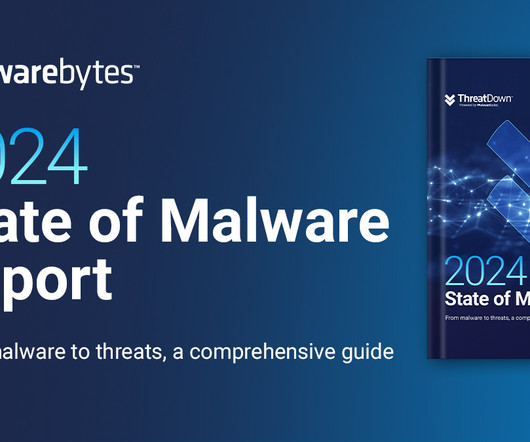State of Malware 2024: What consumers need to know
Malwarebytes
FEBRUARY 6, 2024
Sadly, there’s not a lot you can do to prevent incidents like these yourself, other than stay on top of the news and protect yourself against identity theft. We have seen news of ChatGPT leaking user’s information and law enforcement asking for backdoors in encryption routines. But other threats you can do something about.












Let's personalize your content